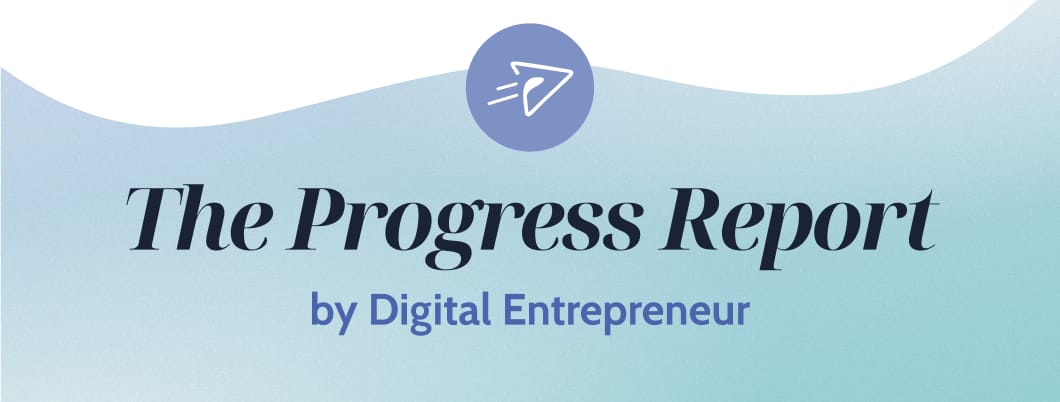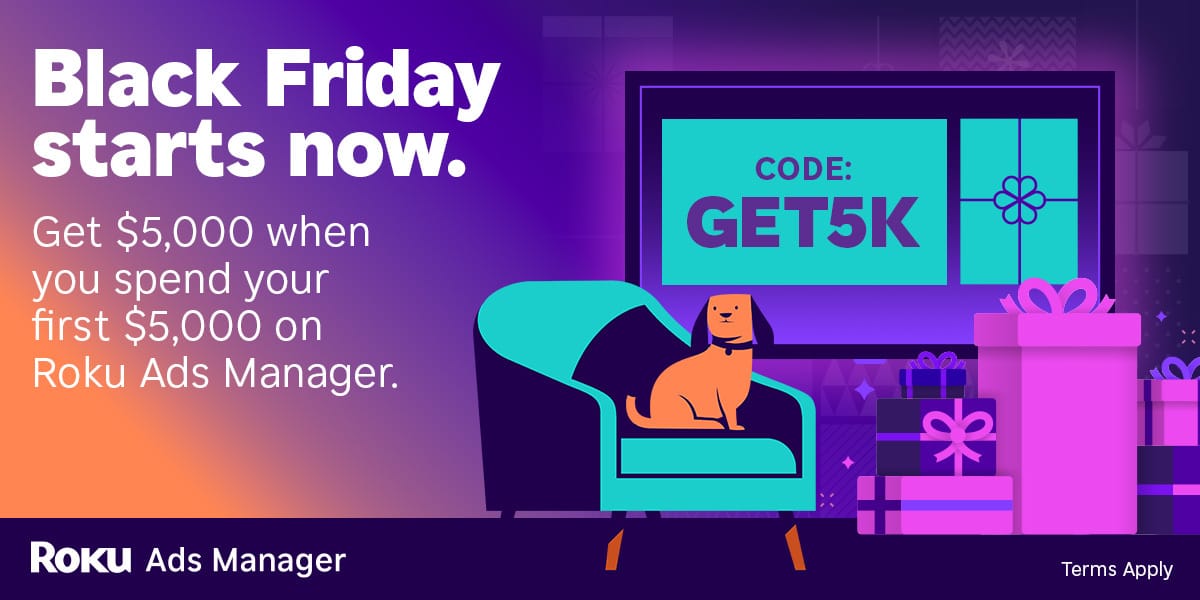
November 11, 2025
In partnership with

Humans are wired to avoid social rejection. Early in our history, being an accepted member of the group meant survival.
While humanity has moved on, our brain chemistry has not.
When someone doesn't reply to your email, your brain treats it like a personal rebuff. Like danger.
So you hesitate. You wait. You tell yourself they'll circle back if they're interested.
Meanwhile, that warm lead you spent hours finding goes cold.
Silence is not the same as rejection. Maybe your contact got swamped. Your email landed during a budget freeze. The timing was off by two weeks.
Sure, sometimes they simply aren’t interested. But sometimes, they are.
Founders who consistently close deals view follow-up as a critical component of providing good service. They build a simple system that keeps conversations alive without the mental overhead of remembering who to ping or being anxious about seeming desperate.
Sponsored
Start Your Day Smarter
Be the smartest person in the room by reading 1440, where 4.5 million Americans find their daily, fact-based news fix.
They navigate through 100+ sources to deliver a comprehensive roundup from every corner of the internet: politics, global events, business, and culture, all in a quick, 5-minute newsletter.
It's completely free and devoid of bias or political influence, ensuring you get the facts straight.
Weekly Insight

The most common pathway for a software user is as follows: sign up, poke around for somewhere between 20 seconds to 20 minutes, then vanish.
They get no nudge at day 3. No value reminder at day 7. A warm lead goes cold because nobody built a fire, or stoked the coals.
Jane Portman spent years as a UI/UX designer, watching SaaS companies struggle with this problem. More critically, she saw them constantly misdiagnose what was happening.
So she did what any good business nerd would do. She built a product to solve it.
She and her co-founder built Userlist as a way to automate responses to behavioral triggers. AKA: a tool that maps user actions to specific messages.
When someone activates a feature, send next steps.
When they go quiet, resurface value.
When a subscription lapses, offer help, then ask for payment.
The philosophy is simple: turn your follow-ups into service opportunities.
As their business grew, Portman's team became more deliberate about applying the logic to their own pipeline.
They stopped waiting for leads to remember to reply and built triggers: no response after a demo meant a follow-up in 3 days with a resource. Proposal met with silence meant a check-in at day 7 with a clear next step.
They'd write the cadence once, map the triggers, then execute without second-guessing.
One of their most popular service packages became a $4,000 onboarding kit that mapped out trial activation and reactivation sequences for SaaS founders. The kit included the exact cadence and messaging templates their clients needed to stop losing leads to silence.
Don’t get me wrong, having someone do this for you is awesome. But you don't need enterprise software to follow up well.
You need a trigger (no reply after 3 days, proposal sent a week ago, past client hasn't heard from you in 90 days) and a pre-written message that adds value.
Your system keeps conversations alive while you focus on building.
📚 Related Reading
Behavioral triggers: What sales teams need to know (Artisan)
A more detailed explanation of behavioral triggers, offering clear examples to help you identify the most effective touchpoints for your business.Sales follow-up statistics in B2B: 2025 study (Belkins)
A look at “follow-up fatigue” in cold outbound campaigns, which reveals that sending four or more messages can triple your spam complaint rate. AKA, outbound email is great for follow-ups; not great for initial outreach.Email first, call later: HBR's 48-hour rule to 3x meetings (Amplispot)
This 2025 HBR research finds that emailing first, then calling 24–48 hours later, can triple meeting rates by hitting the “memory sweet spot.”
Intent to Action
Research shows 80% of sales require at least five follow-ups to close, but 44% of salespeople give up after just one attempt.
The gap isn't effort. It's system.
Here's how to build a lightweight follow-up cadence you can start today and scale when you're ready.
Phase 1: Prove the System
Start with a simple spreadsheet to validate your triggers before committing to tools.
Open a Google Sheet with four columns:
Contact name
Last touchpoint date
Trigger type (post-conversation, post-proposal, or reactivation)
Next action date
When you finish a conversation or send a proposal, log it in the sheet. Use conditional formatting to highlight rows where the “next action date” is today or overdue.
Set three calendar reminders per week (Monday, Wednesday, Friday at 9am) to review your sheet and send follow-ups.
Your Three Triggers
Trigger 1: Post-Conversation (Day 2-3)
Next-day follow-ups get 11% fewer replies than waiting 2–3 days. Give prospects breathing room.
Template:
Subject: [Specific resource] from our conversation
Hi [Name],
Following up on [specific topic we discussed]. I pulled together [article link / comparison doc / case study] that addresses [their challenge].
No pressure if timing isn't right. Just wanted to make sure you had this.
[Your name]
Trigger 2: Post-Proposal (Day 7)
If a proposal sits for a week, silence usually means “I'm stuck,” not “I'm not interested.”
Template:
Subject: Simplifying next steps
Hi [Name],
Proposals can sit in the queue. If [concern they mentioned] is still a blocker, here's a scaled-back option: [specific deliverable] for [reduced scope/budget].
Happy to discuss, or feel free to revisit when [relevant future milestone].
[Your name]
Trigger 3: Past Client Reactivation (Day 90)
If you show that you remember a detail about a person you’re speaking with, it goes a long way. Sales is no different. Referencing previous interactions increases response rates by 62%.
If a prospect goes cold, warm them back up.
Template:
Subject: Thought of you
Hi [Name],
Haven't connected since [specific previous project/conversation]. Saw [recent company news or industry development] and thought you'd find [resource/insight] useful.
Best,
[Your name]
Phase 2: Graduate to Light Automation
The manual phase proves the cadence works for your business before you invest time learning a tool.
Once validated (you're seeing replies, deals are moving forward), graduate to a tool that handles the tracking for you. Some options:
Google Sheets + Zapier: Automates reminder emails when dates hit. Best if you're already comfortable with your spreadsheet setup.
HubSpot CRM (free option): Tracks contacts, automates follow-up reminders, integrates with Gmail. Best option if you’re planning to scale your system.
Streak: Lives inside Gmail, manages pipelines without leaving your inbox. Best for Gmail users who want minimal setup.
Import your spreadsheet data, set up your triggers, and let your chosen tool(s) send you daily reminders about who needs a follow-up.
If the system works, you now have the data you need to justify investing in a tool. And hey, I heard Userlist is a good option. ;)
Sponsored
CTV ads made easy: Black Friday edition
As with any digital ad campaign, the important thing is to reach streaming audiences who will convert. Roku’s self-service Ads Manager stands ready with powerful segmentation and targeting — plus creative upscaling tools that transform existing assets into CTV-ready video ads. Bonus: we’re gifting you $5K in ad credits when you spend your first $5K on Roku Ads Manager. Just sign up and use code GET5K. Terms apply.
The successful person takes the time to make the other person feel important.



